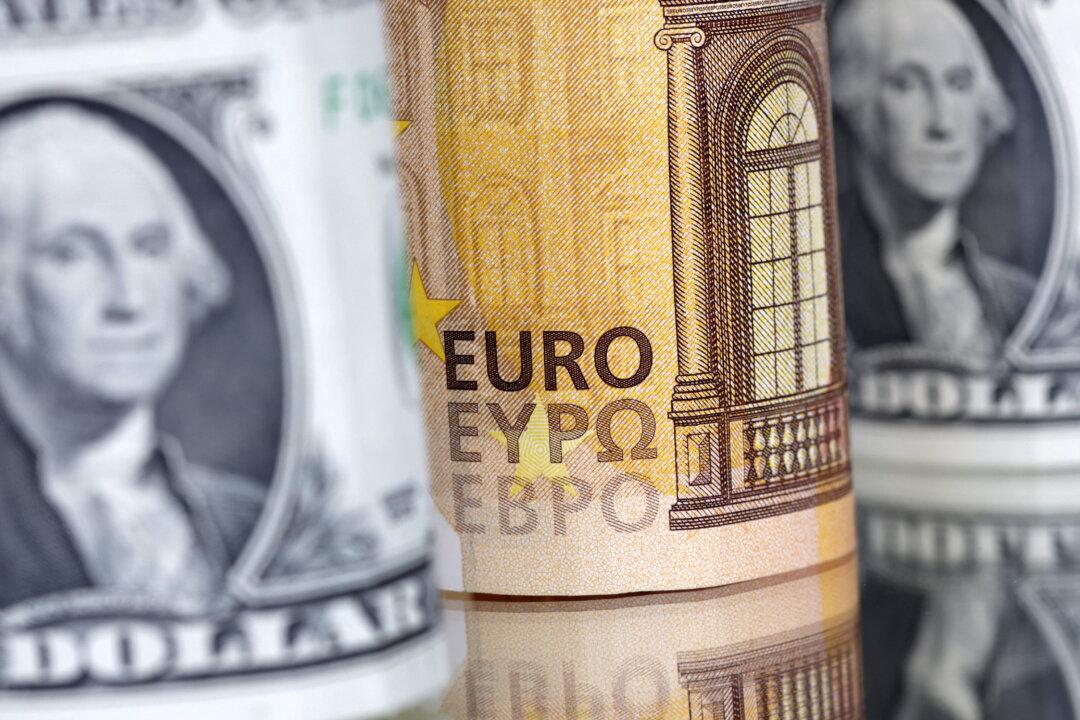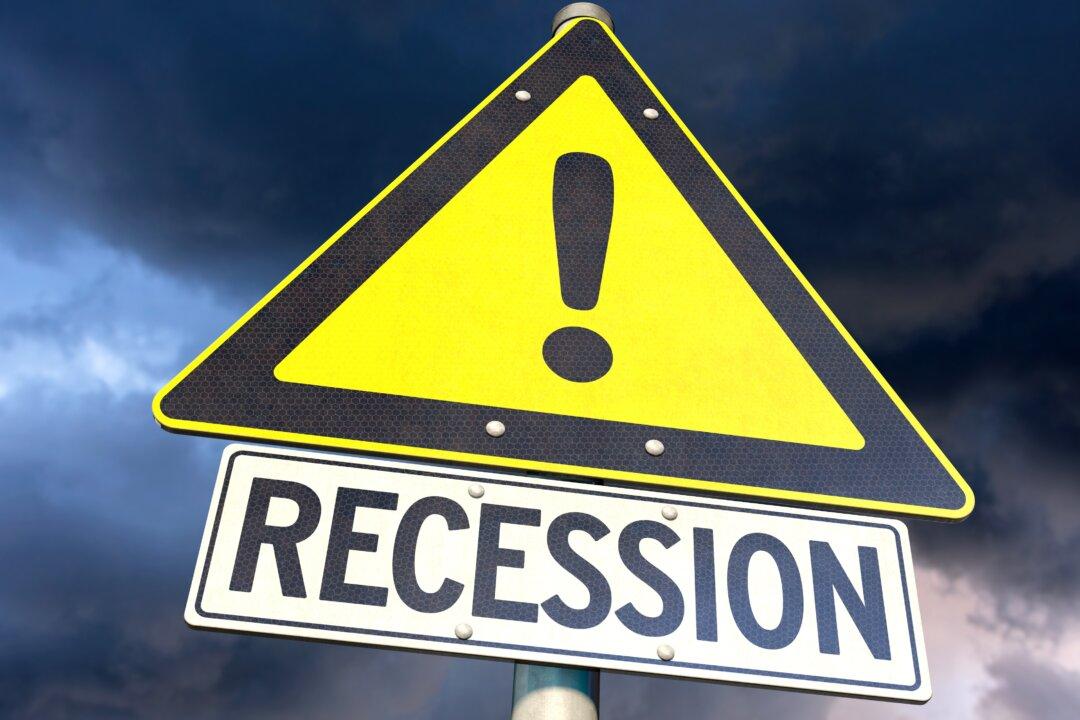Commentary
What is wreaking so much havoc all over the world? You’ve probably heard that the U.S. dollar is rising often precipitously, which means any currencies caught on the other side of it—frankly, all of them—are being swept into crisis. This isn’t the first time, either, because during the last eight years or so this has happened repeatedly.





